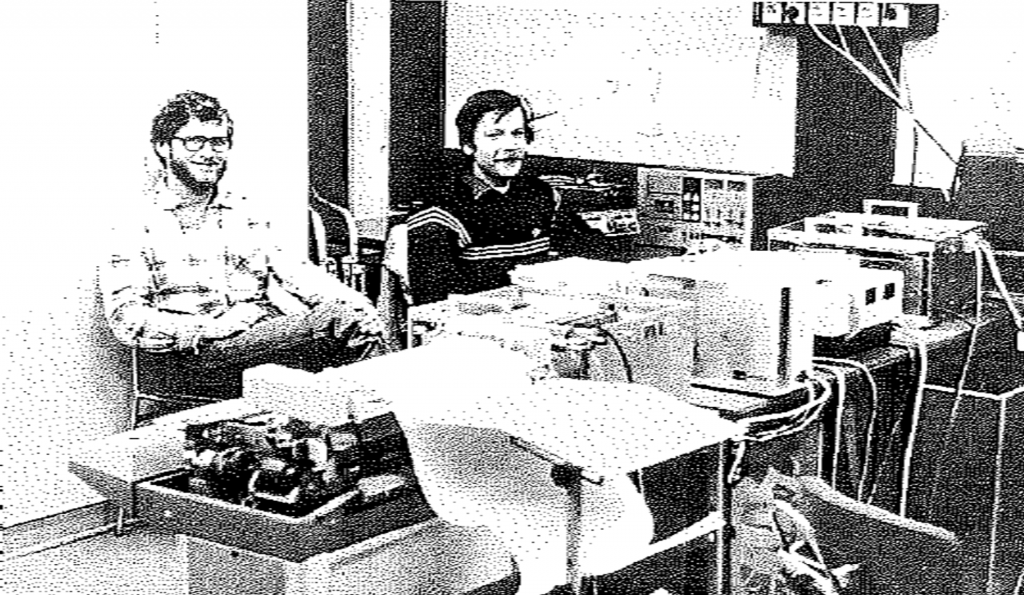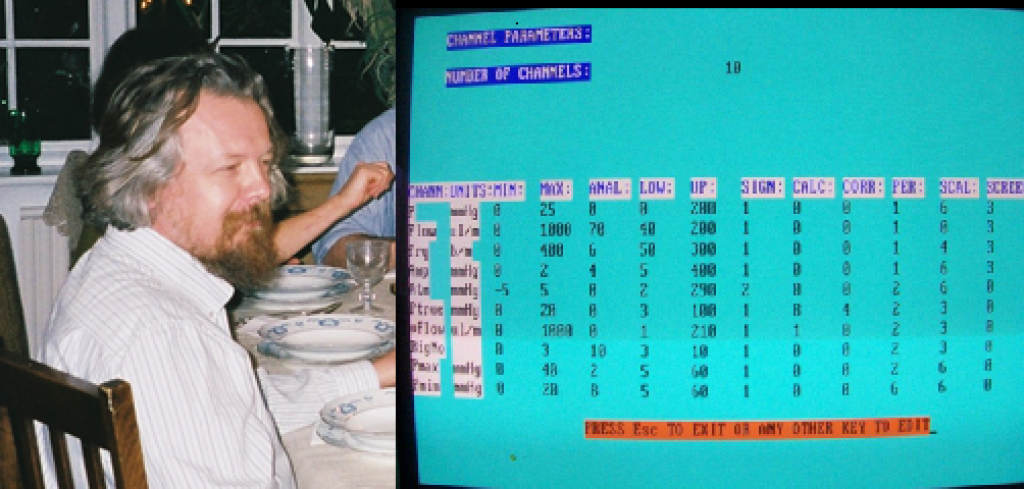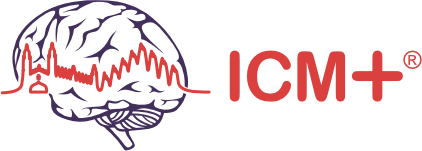Introduction
In the established environment of the Clinical Neurosciences Department, enormous quantities of data can be captured from each patient, from which information regarding cerebral autoregulation, cerebrospinal compensatory reserve, oxygenation, and both metabolite production and function can be obtained. Recognition of changing cerebrovascular haemodynamics and oxygenation demands not only reliable monitoring techniques, but also sophisticated and time-consuming signal analysis. This can be provided by dedicated computer support.
The intensive care multimodality monitoring system adopted in the Cambridge Neurosurgical Unit is based on software for the standard IBM- compatible personal computer, equipped with a digital to analogue converter and RS232 serial interface. The first version of the software was introduced into clinical practice in Poland, Denmark, and the U.K. in the mid-1980s and has subsequntly been extended into a system for multimodal neuro-intensive care monitoring (ICM) and waveform analysis of intracranial pressure (ICP) used in Cambridge, U.K.
Apart from the monitoring of multiple variables and describing dynamics of the studied pathology, some secondary indices have proven to be useful in clinical neurosciences, describing cerebrospinal compensatory reserve, pressure autoregulation, and vascular reactivity . They have been demonstrated as useful in describing head injury, poor grade subarachnoid haemorrhage, hydrocephalus, ischemic stroke, experimental laboratory, etc. Extensive description with examples are included in Applications section.
All of these already-documented methodologies are incorporated in the new ICM+ software as pre-defined set-up configurations. On top of this, the performance of the software may be programmed and new forms of analysis may be added by the user. The flexibility of ICM+ software is therefore virtually unlimited.
A Brief History of ICM+

1980-1986: Warsaw University of Technology, Poland. Marek Czosnyka, Antoni Grzanka, Peter Smielewski, and Stefan Piechnik work on the construction of the first computers for ICP signal analysis (they were not available in Poland at this time to purchase, as we buy computers nowadays, because of the military embargo). There were no monitors or hard disks, just needle printers, paper tape readers/punchers, and analog input for reading magnetic tapes with signals recorded in the hospital.

1986: Dr. Przemyslaw Wollk-Laniewski devised the term ICM (Intensive Care Monitor), which would be an universally configurable software for monitoring multiple signals of the Pediatric ICU (Children’s Health Centre, Warsaw).
1991 : Professor J.D. Pickard invites all of the group to Cambridge. ICM for DOS is for the first time used on the NCCU in Addenbrooke’s Hospital in 1991 with ten channels, primitive profiling, glue, scissors, and paper needed for displaying long chunks of data.


1996: Doctor Peter Smielewski designed the first software for data trending and high-resolution archiving in Cambridge. We started to build up our great library of brain signals!
2004 – Launch of first version of ICM+ software – during ICP12 conference in Hong Kong


2004-until NOW…. new applications, new functions, new centres and collaborations.

